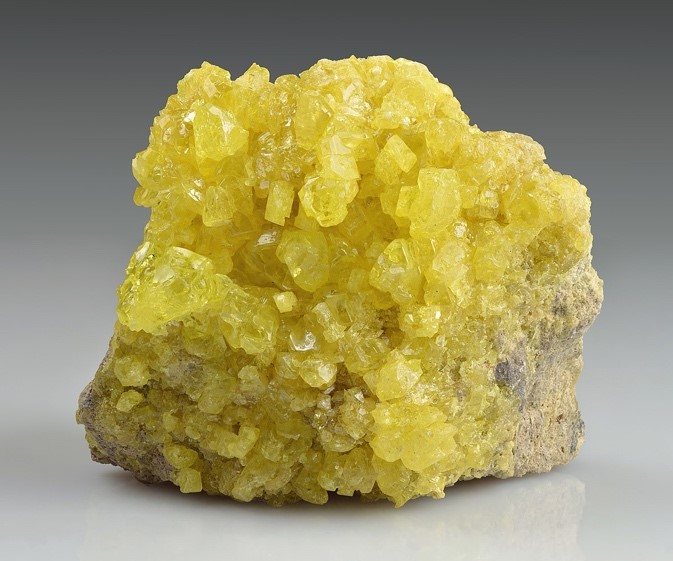Free Courses Sale ends Soon, Get It Now


Free Courses Sale ends Soon, Get It Now



Disclaimer: Copyright infringement not intended.
Context
Details
Rover's Findings
Laser-Induced Breakdown Spectroscopy (LIBS)
Elements Detected
Significance
National Space Day
About Sulfur
Physical and Chemical Properties
Occurrence and Sources
Biological Importance
Industrial Applications
Environmental Impact
Mineral Resources
Historical and Cultural Significance
Forms of sulfur
Elemental Sulfur
Sulfides
Sulfates
Sulfur Dioxide (SO2)
Hydrogen Sulfide (H2S)
Sulfur Hexafluoride (SF6)
Organic Sulfur Compounds
Elemental Sulfur Allotropes
Conclusion
Chandrayaan-3 mission's rover, Pragyan, has confirmed the presence of sulfur on the moon's surface and is actively searching for hydrogen. These findings mark a significant step in understanding the lunar environment and its resources. The mission's success is being celebrated not only by ISRO but also by the Indian government as a symbol of India's advancements in space exploration.
|
PRACTICE QUESTION Q. Sulfur is a versatile element with significant biological, industrial, and environmental importance. Elaborate. (150 Words) |
© 2024 iasgyan. All right reserved